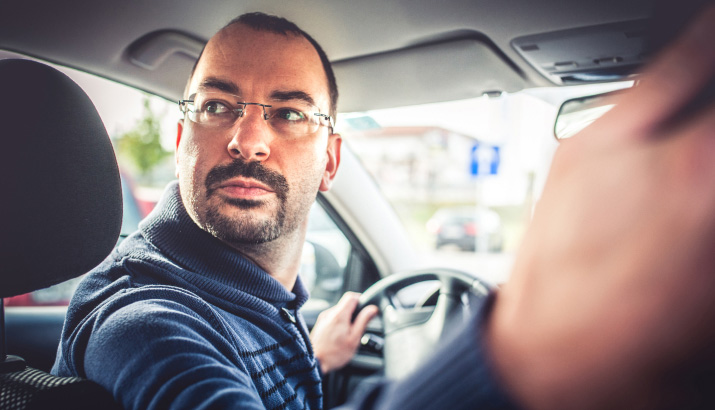You may feel safe on your street, but hidden danger lurks in familiar territory. According to research by the Transport Accident Commission, car accident fatalities often happen close to home, especially in regional areas. Even the most experienced driver can become involved in a car accident due to complacency behind the wheel. While car insurance may help you with the financial costs after an accident, knowing the local risks could help you stay safe.
Familiarity breeds car accident risk
You might feel more relaxed behind the wheel on familiar routes, or like you’re driving on autopilot. Experts warn that this feeling can lull us into a dangerous sense of false security. Research into driver attention and behaviour in familiar situations suggests that drivers can be affected by inattention blindness. This means when you encounter an unusual situation, you may not be able to react swiftly enough to stop a collision. It’s important to make sure you’re always alert and paying attention to driving safely because you’re at risk every time you’re on the road.
Beware of increased motor accident risk on the dreary drive home
Unsurprisingly, most car accidents happen in the late afternoon and evening, as traffic picks up with tired after-workers seeking solace from the daily grind. As a driver’s alertness decreases due to the repetitive commute and worsening light conditions, the likelihood of a motor accident increases.
Just before rush hour tends to be a peak time for fatal crashes. In more populated areas the most dangerous time to be on the road is between 3 PM and 4 PM, according to Teletrac Navman’s analysis of Australian Government statistics. Familiar routes can cause people to drive more recklessly - letting their guards down and engaging in risky behaviours.
Why winter is car crash season
No matter how well you know your local roads, driving conditions and the weather can be unpredictable. In winter, rain makes roads slippery, while shorter daylight hours and fog reduce visibility. In 2023, over 80,000 claims were lodged with us for motor accidents, such as reversing, rear-ending, and hitting objects. On average, our data shows a spike in these kinds of claims from May to August.


